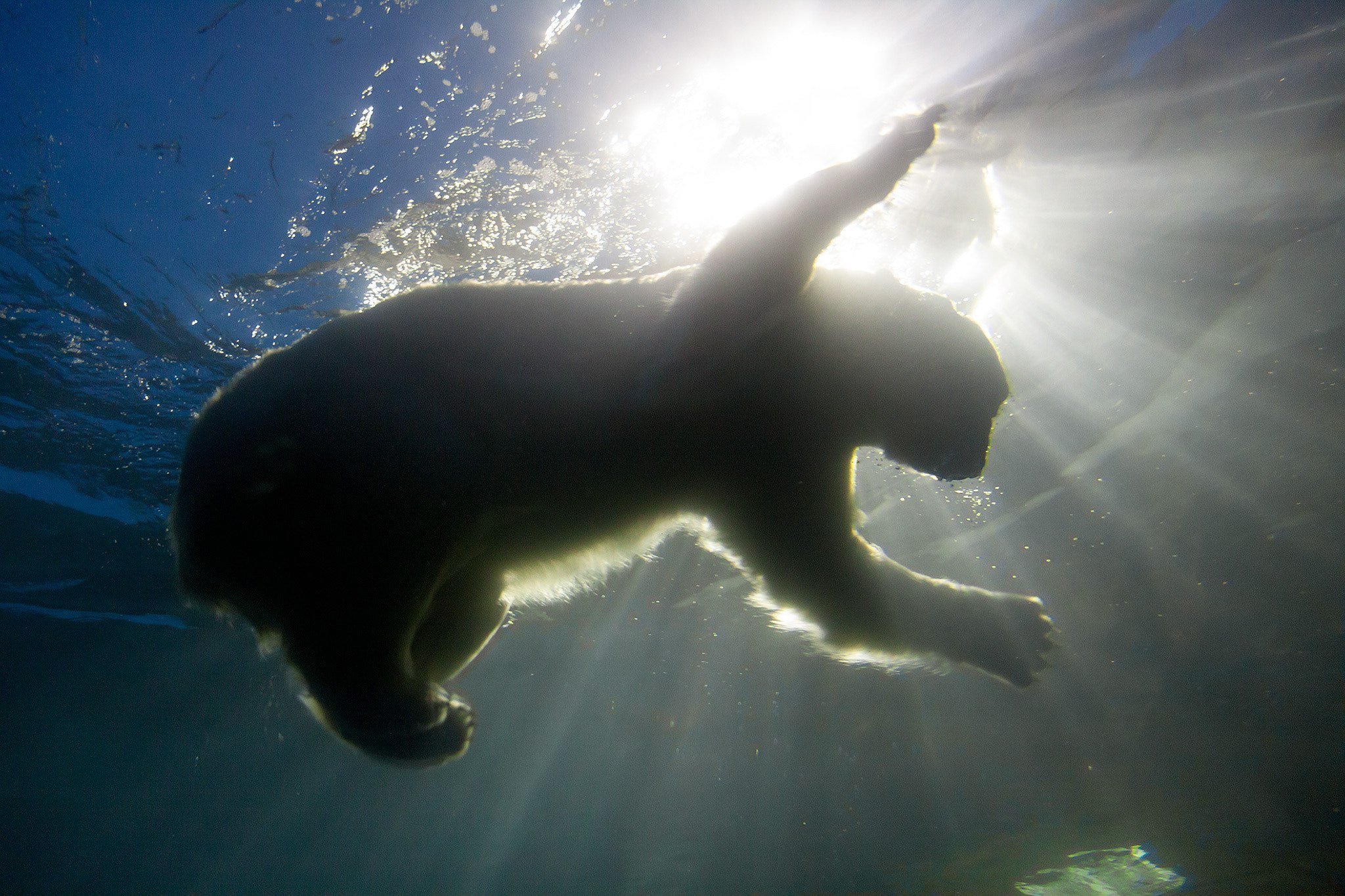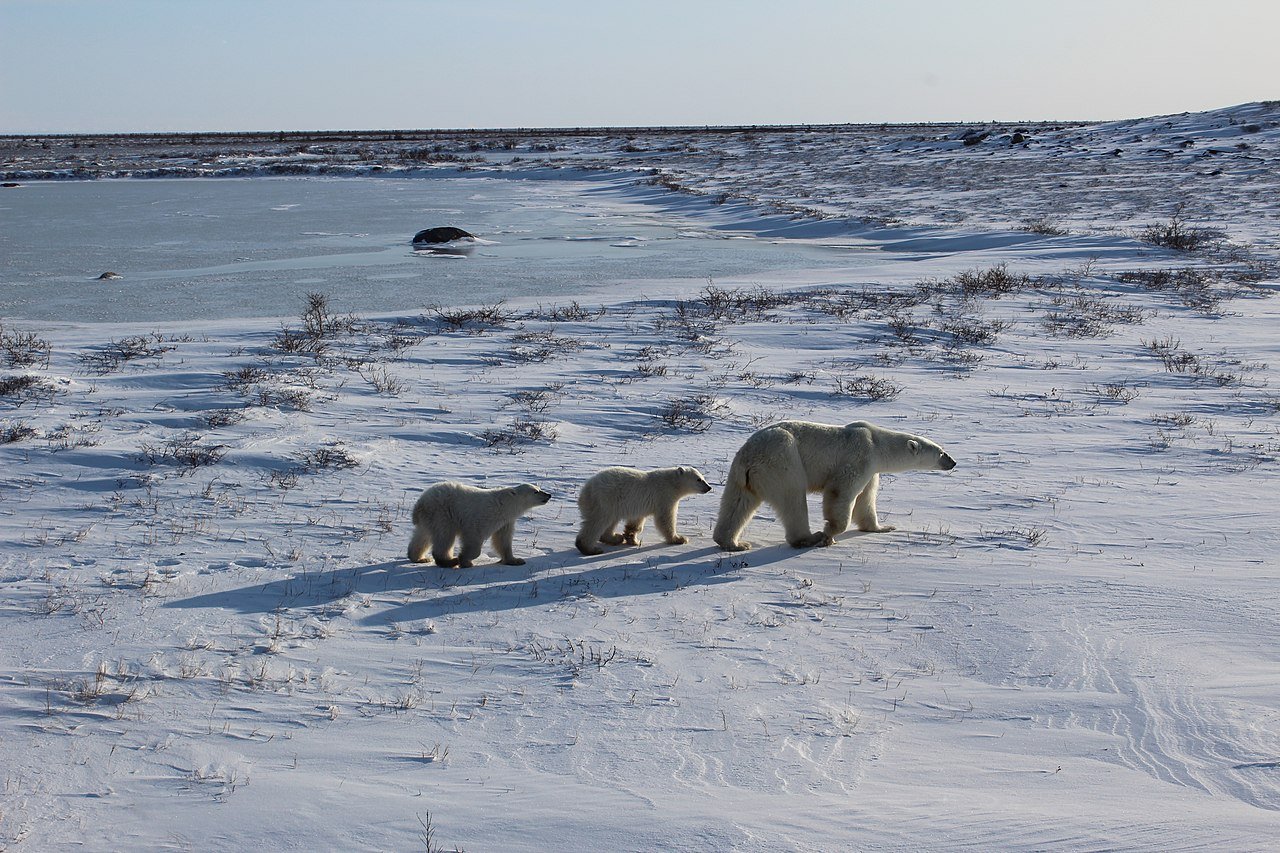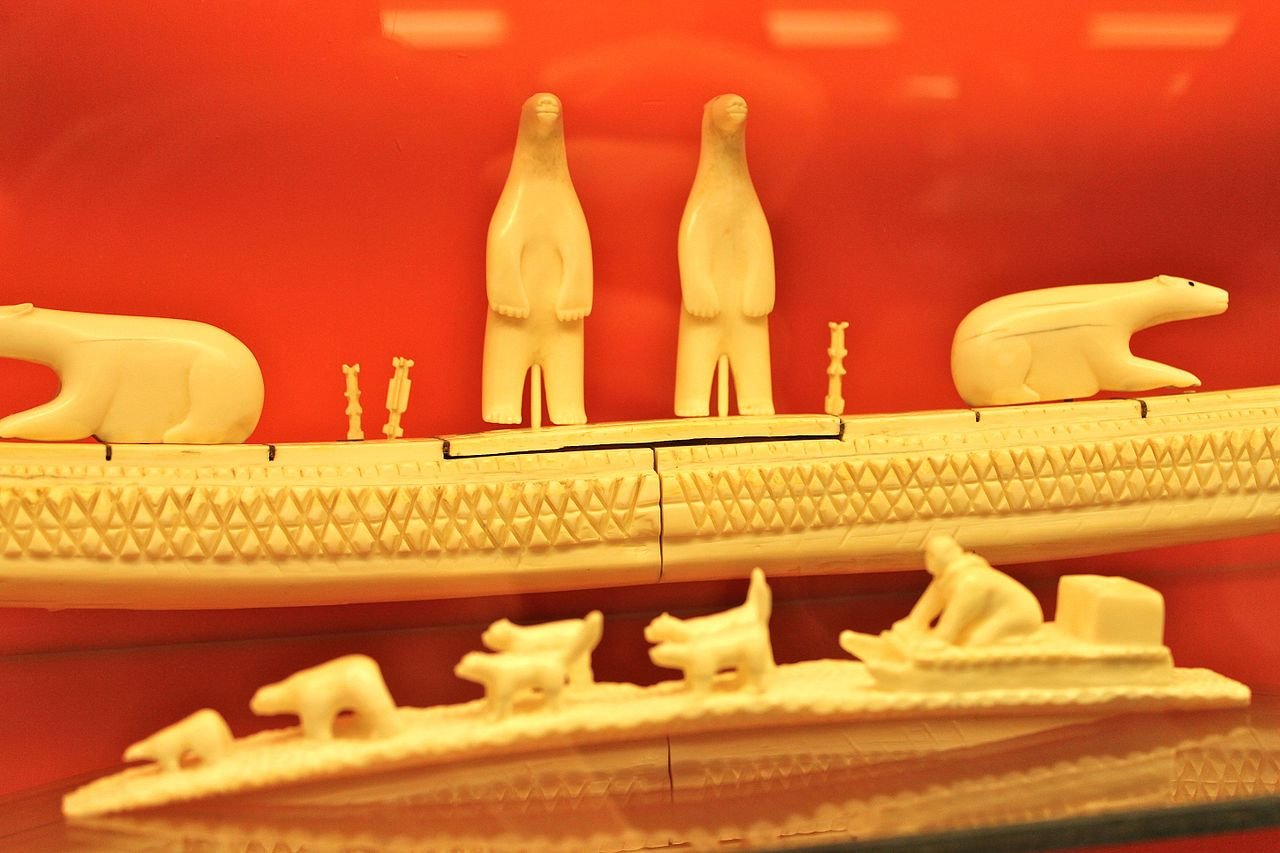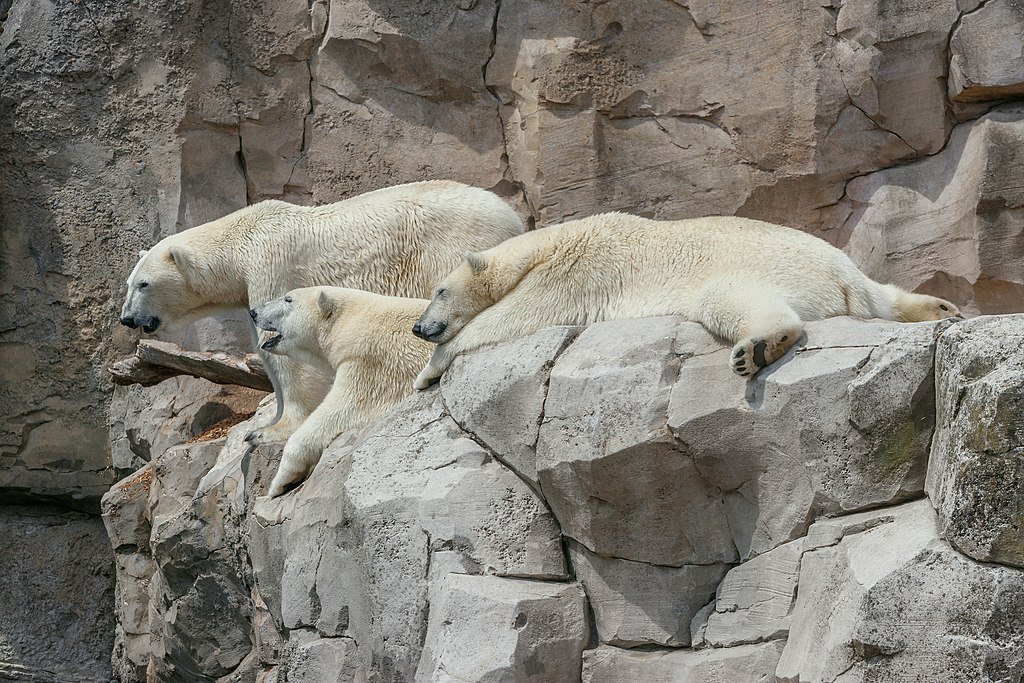This page is illustrated with knowledge worth sharing, much of which is in the public domain or licensed under creative commons designations. It may load slowly, thank you for your patience.
Polar Bear
Habitat: Northern sea ice and adjacent land areas
Favorite Food: Seals
Last visit to the Western Prom: 10 -30 thousand years ago, during the close of the last ice age, when the edge of the Laurentide Ice Sheet advanced and receded over the present-day coastline of New England. Polar Bears would have roamed along the edge of the sea ice, hunting seals.
Favorite Constellations: Ursa Major, the Great Bear; Ad-Dubb Al-A’kbar, the Greater Bear; Ursa Minor, the Little Bear; Ad-Dubb Al-A’sghar, the Lesser Bear.
“Huge and marvelously big heaps of ice, brought here by the tide from the frozen sea, making loud and terrible noises. Some pieces are often as big as forty cubits. On some of these, white bears sit together, watching the innocent fish play about in exercise.”
“Polar bears would have likely lived on the sea ice in the Gulf of Maine thousands of years ago. Through this magnificent specimen, the museum’s education and curatorial staff can engage visitors in discussions about now-vanished animals that once inhabited Maine, as well as the impacts of environmental change”
Read more about the Polar Bear at the Maine State Museum in Augusta, Here.
Polar Bears spend so much time in the water that some scientists consider them marine mammals, like seals, walruses, dolphins and whales. Polar Bears have always captivated the human imagination, especially as fearsome predators. They only live near the edge of Northern sea ice in order to hunt seals, their favorite food. As the ice melts Polar Bears lose habitat and become displaced. Here are some pictures of Polar Bears, which have become emblematic of climate change.





















